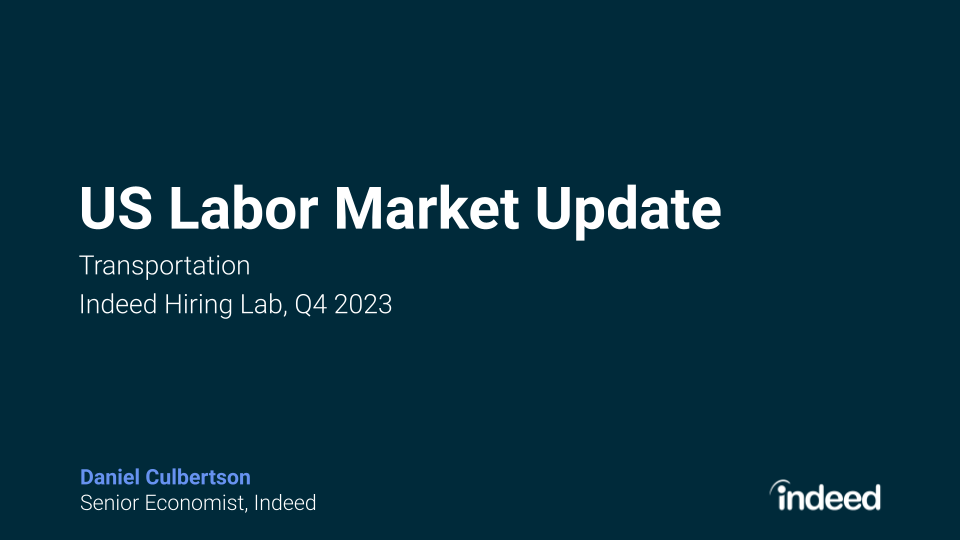Advances in artificial intelligence (AI) have stoked fears of large-scale job loss, with human workers replaced by automation. But AI can help create jobs, too. For a budding and complex technology like AI, there will be a need for highly-skilled workers to develop and maintain a wide range of AI applications. Using Indeed’s extensive job posting and search data, we wanted to see whether there was increased demand for AI-related jobs.
We found that employer demand for AI-related roles has more than doubled over the past three years. Meanwhile, job seeker interest is much higher than it was three years ago, but hit a plateau in 2017.
To give a snapshot of AI-related job creation, we examined Indeed job posting data to determine the job titles—such as machine learning engineer, data scientist, and computational linguist—that most often called for the skills ‘artificial intelligence’ and ‘machine learning’ in the job description. We then tracked job postings and searches for these titles over the last three years.
Employer demand for AI skills is soaring

As new advances in AI grab headlines, the need for workers with related skills is clearly on the rise. Demand for workers with AI talent has more than doubled over the past three years, with the number of AI-related job postings as a share of all job postings up about 119%.
The pace of growth in postings sped up over the past year, too. Year-over-year growth in the volume of AI-related job postings, as a share of all job postings, measured 31.6% from the first week in January 2017 to the first week of January 2018, compared to just 20.1% over the comparable time periods in 2016 and 2017. This is largely driven by an increasing volume of postings for two AI-related roles: machine learning engineers and computer vision engineers.
Job seeker interest in AI jobs leveling off
Job-seeker searches for common AI-related roles, as a share of all searches on Indeed, have grown by two-thirds over the past three years. However, job seeker interest has not experienced a growth spurt similar to that of AI-related job postings over the past year, although the reasons for the plateau remain unclear. In fact, after uneven, but substantial gains throughout 2015 and 2016, growth in the share of AI-related searches essentially stalled from the first week of 2017 to the first week of 2018, notching a year-over-year gain of just 1.4%.

What is clear from the data is that while employer demand for those with AI skills has risen steadily, that trend is not reflected in search queries by job seekers. If these trends continue, that may raise concerns for employers as they seek to attract workers with these in-demand skills.
Methodology
For this research we classify AI-related jobs as job titles in which a substantial share of job posting descriptions include the terms ‘artificial intelligence’ and ‘machine learning’. The job posting trends reflect the change in volume of these specific job titles, which in the US were ‘machine learning engineer’, ‘predictive modeler’, ‘cmt analytics manager’, ‘data scientist’, ‘computer vision engineer’, ‘computational linguist’, and ‘information strategy manager’. Data scientist was a large share of the AI job postings. To focus on job seeker interest in these AI-related jobs, we measure volume of job searches which contain any variant of those aforementioned AI-related job titles. All measures of job postings and job searches over time are calculated as a share of total job postings and job searches, respectively, on the site to account for changes in site activity over time. This research follows up on Indeed’s work featured in the recent AI Index report, a project developed by Stanford University.






